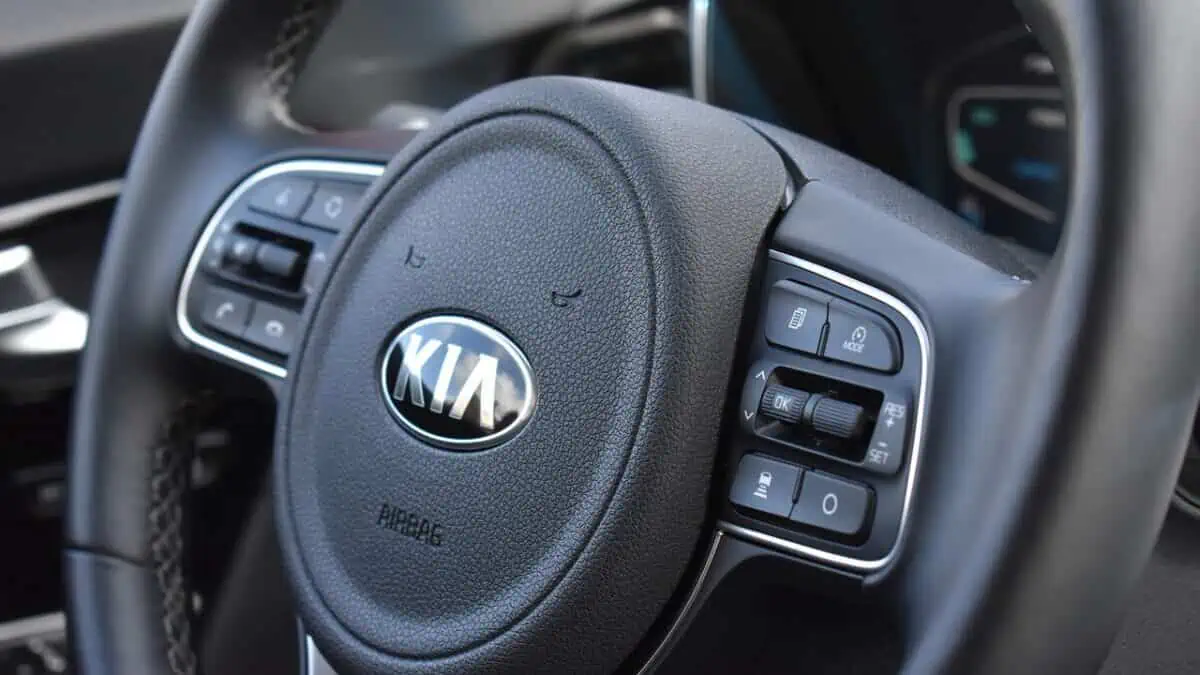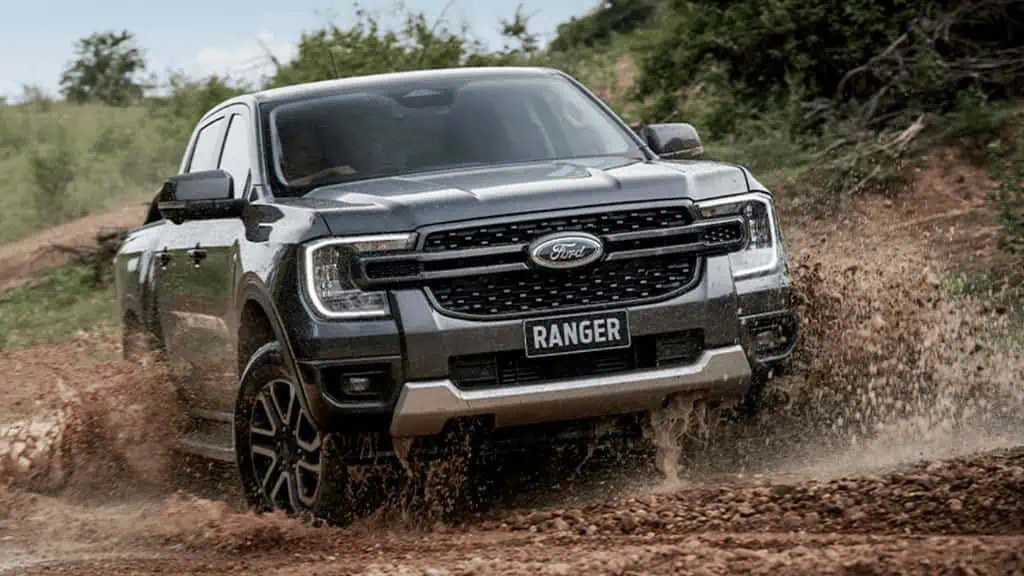Smart charging firm Wallbox announced Friday the new partnership with South Korean automaker Kia for bidirectional charging technology.
According to the press release, Kia would leverage Wallbox’s second-gen DC bidirectional charger Quasar 2 for EV9 models by H1 2024.
“We’re excited to work with Kia America toward our shared vision for accelerating electrification and transforming how we harness and interact with energy.”
Wallbox
What is Quasar 2?
Wallbox indicated that its Quasar 2 technology is a second-gen bidirectional charger with an 11.5kW capacity.
It can provide Kia EV9 owners with the privilege to use their cars’ batteries as a power source for their households through vehicle-to-home (V2H).
In addition, they can also return excess power to the electrical grid through the vehicle-to-grid capability (V2G).
For context, Kia EV9 models can support 76kWh to 100kWh power. This capacity represents a more than fivefold increase from a standard home storage system of 13.5kWh.
Therefore, EV9 batteries can sufficiently power an average household for a maximum of four days.
The Quasar 2 offers a Power Recovery Mode that immediately switches the homeowner’s electricity source to the EV during power outages. In essence, it enables owners to utilize their cars’ batteries as an emergency power generator.
“Bidirectional charging can offer long term benefits to users, grid operators, utilities and will accelerate the transition to renewable energy sources. When combined with an EV capable of bidirectional charging, such as Kia’s advanced EV9, Quasar 2 offers one of the most functional and affordable home energy management solutions on the market.”
Wallbox
Annual energy savings
Wallbox further noted its estimates that Quasar 2 could enable owners to enjoy annual electricity bill savings of more than $1,000. However, it emphasized the need for supplemental “utility Demand Response programs and time-of-use utility rates.”
Time-of-use utility rates can apparently aid owners in boosting the V2H technology’s positive impacts in the US. For instance, owners must charge their EVs during low demand and plug them into their homes at peak demand.
Solar panels can further enhance the concept by enabling owners to replenish their cars’ energy through solar power rather than plugging into the grid.
See Also:
- California introduces a law that requires bidirectional charging capability for EVs
- California Utility expands public testing of two-way EV charging pilots
- Kia officially delivers its new flagship EV9 electric SUV
- Kia announces plans to expand its Georgia factory with another $200 million investment
- Kia releases teaser video of the upcoming EV9 indicating its reveal date
The Wallbox-Kia partnership can undoubtedly aid the automaker in attracting more customers to purchase the EV9 model. Likewise, it will also boost Wallbox’s product sales with the Quasar 2.
More importantly, it can support the US electrical grid catering to the growing number of EVs. It will also enable US citizens to prepare for unexpected power outages that have been prevalent in the country needing a recharge power source.






